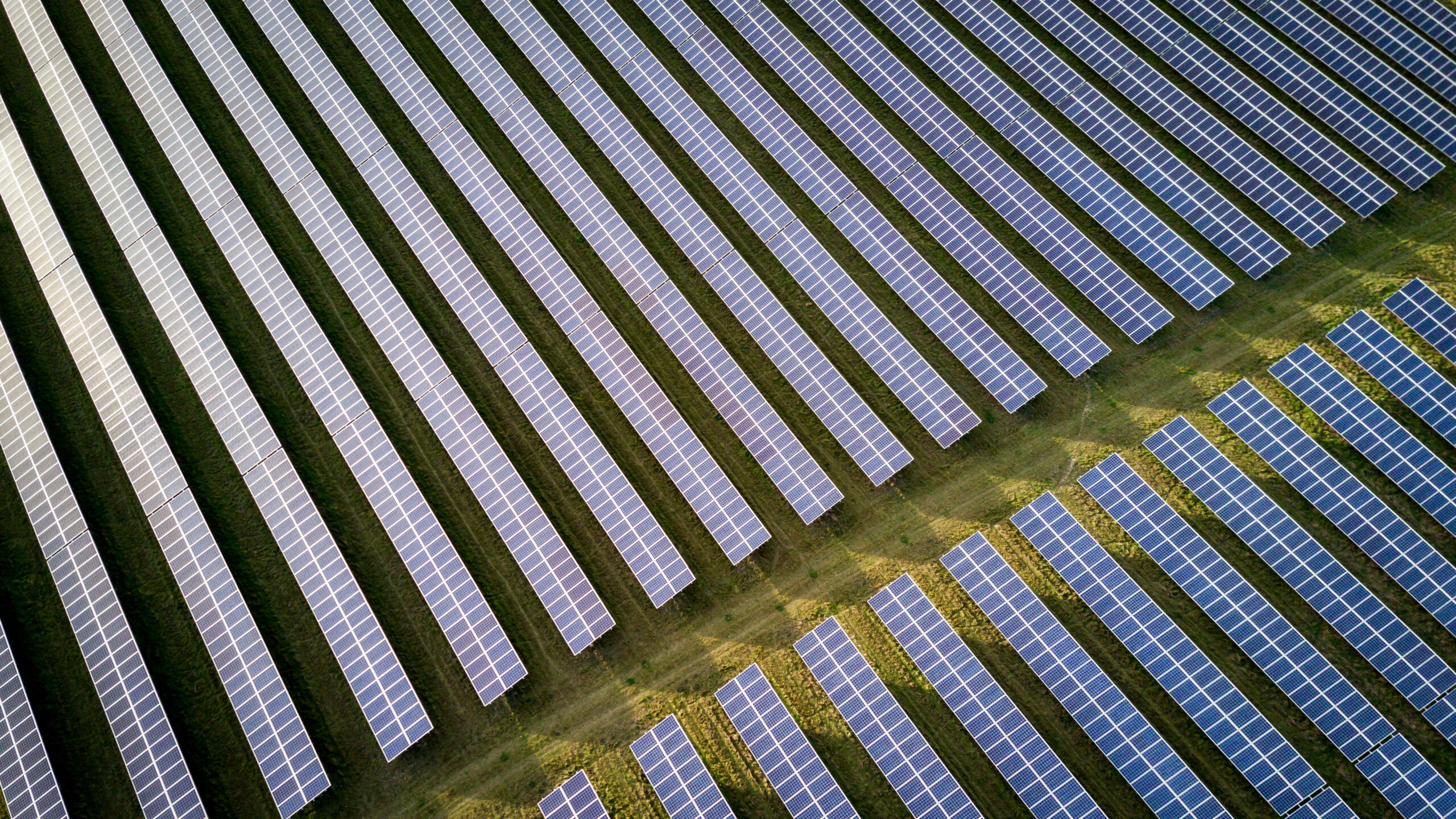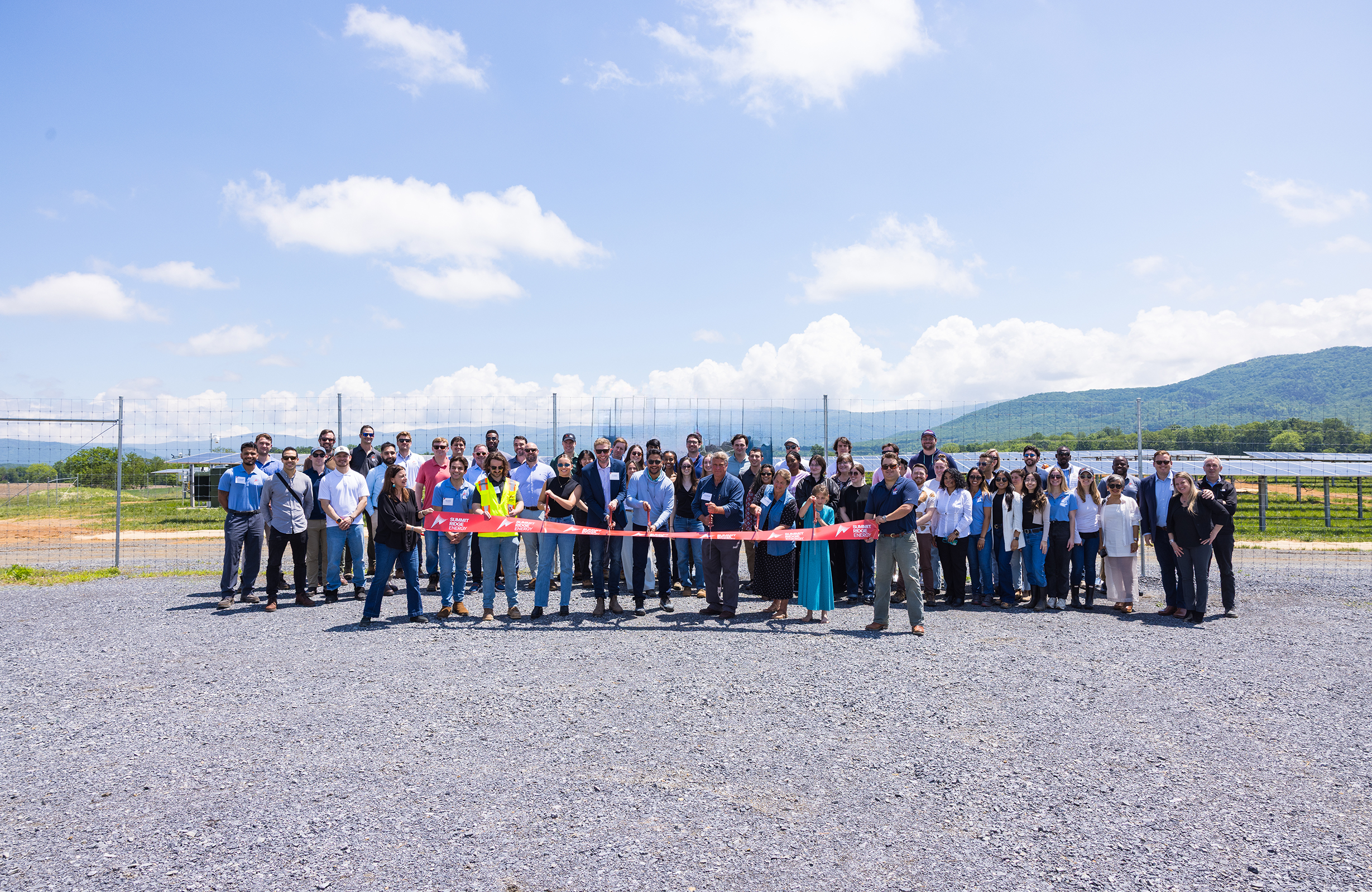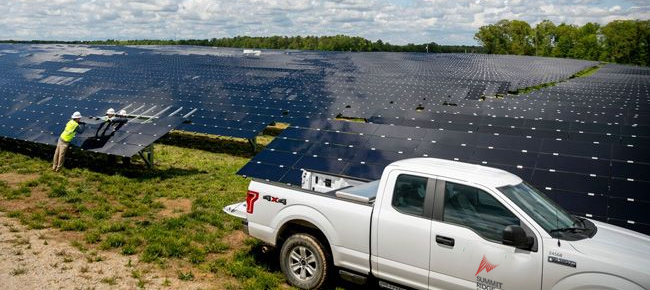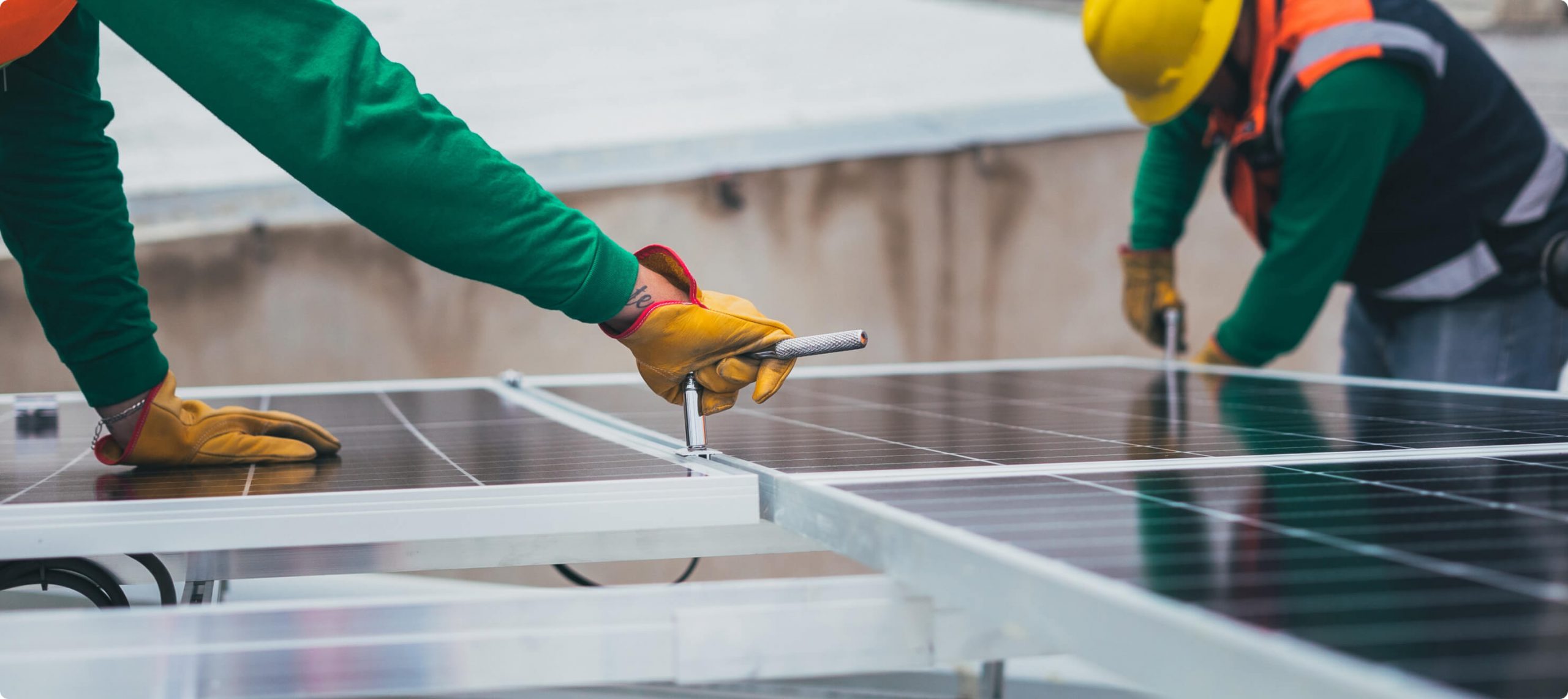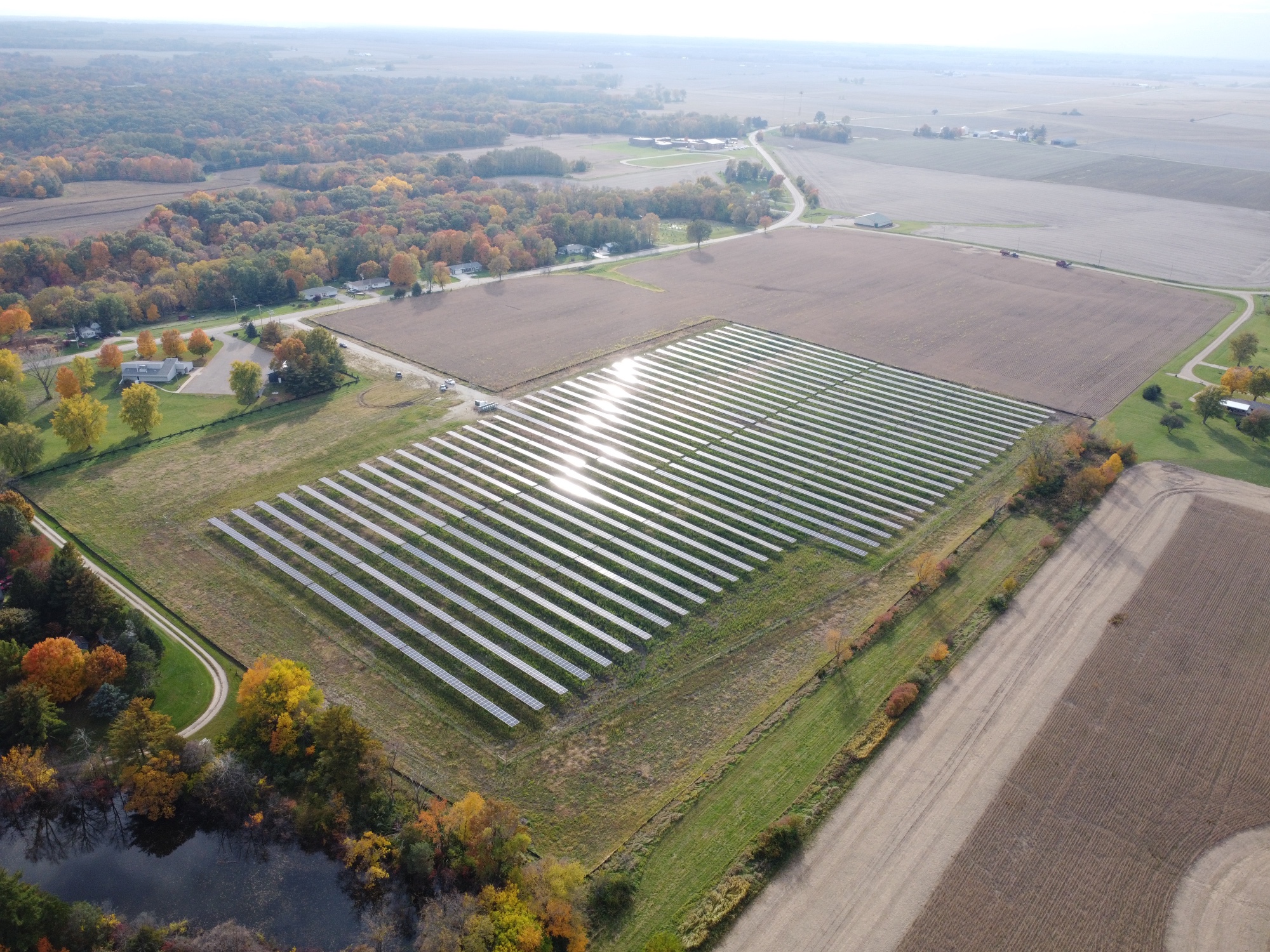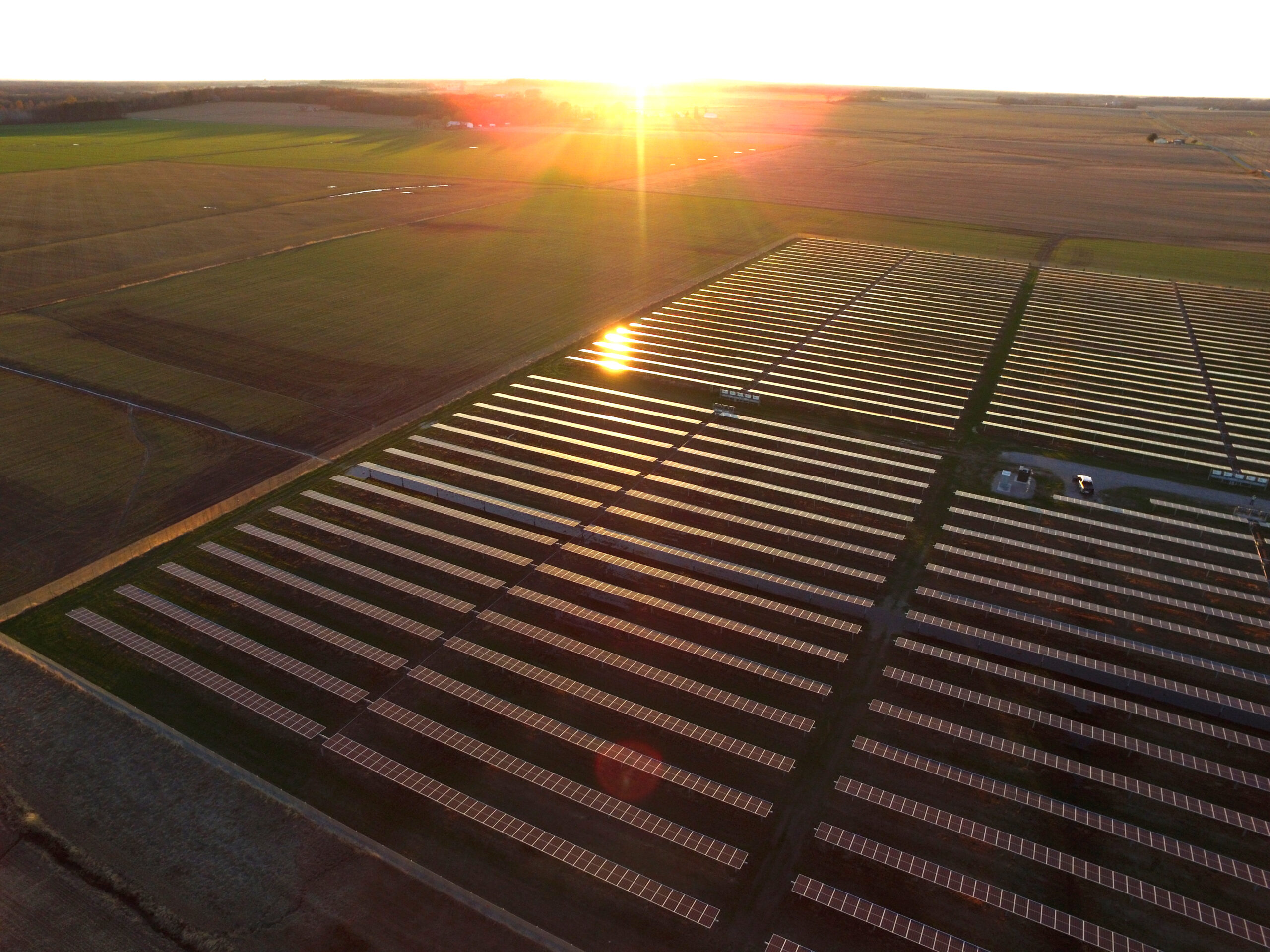Project Development
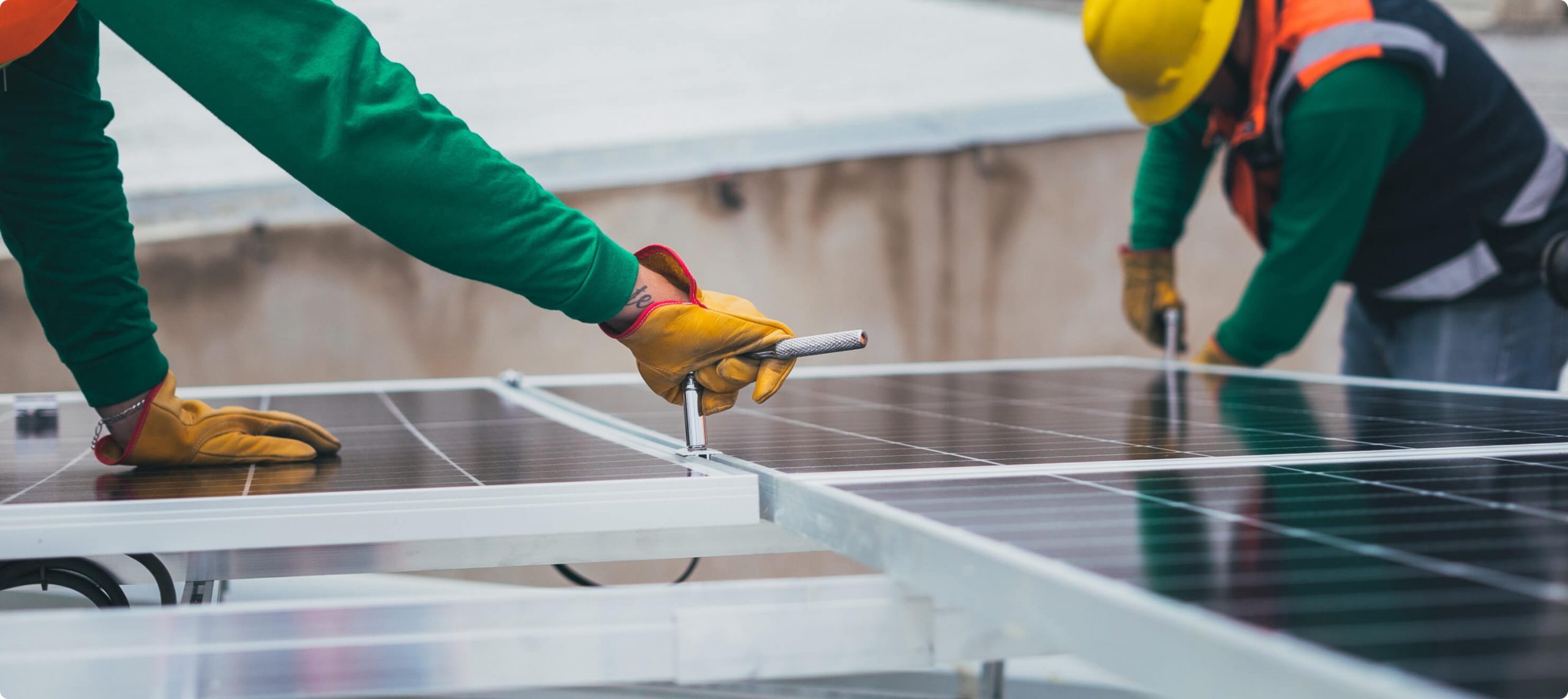
Efficiency and Development Expertise
Summit Ridge Energy has a proven track record of moving projects quickly from contract to financial close. With experience navigating permitting and entitlement processes across dozens of U.S. jurisdictions, our team has built a transparent approach that fosters strong partnerships with the counties and municipalities where we operate.
Our Process
Initial Layout, System Design and Permitting
Site Analysis
Interconnection and Construction
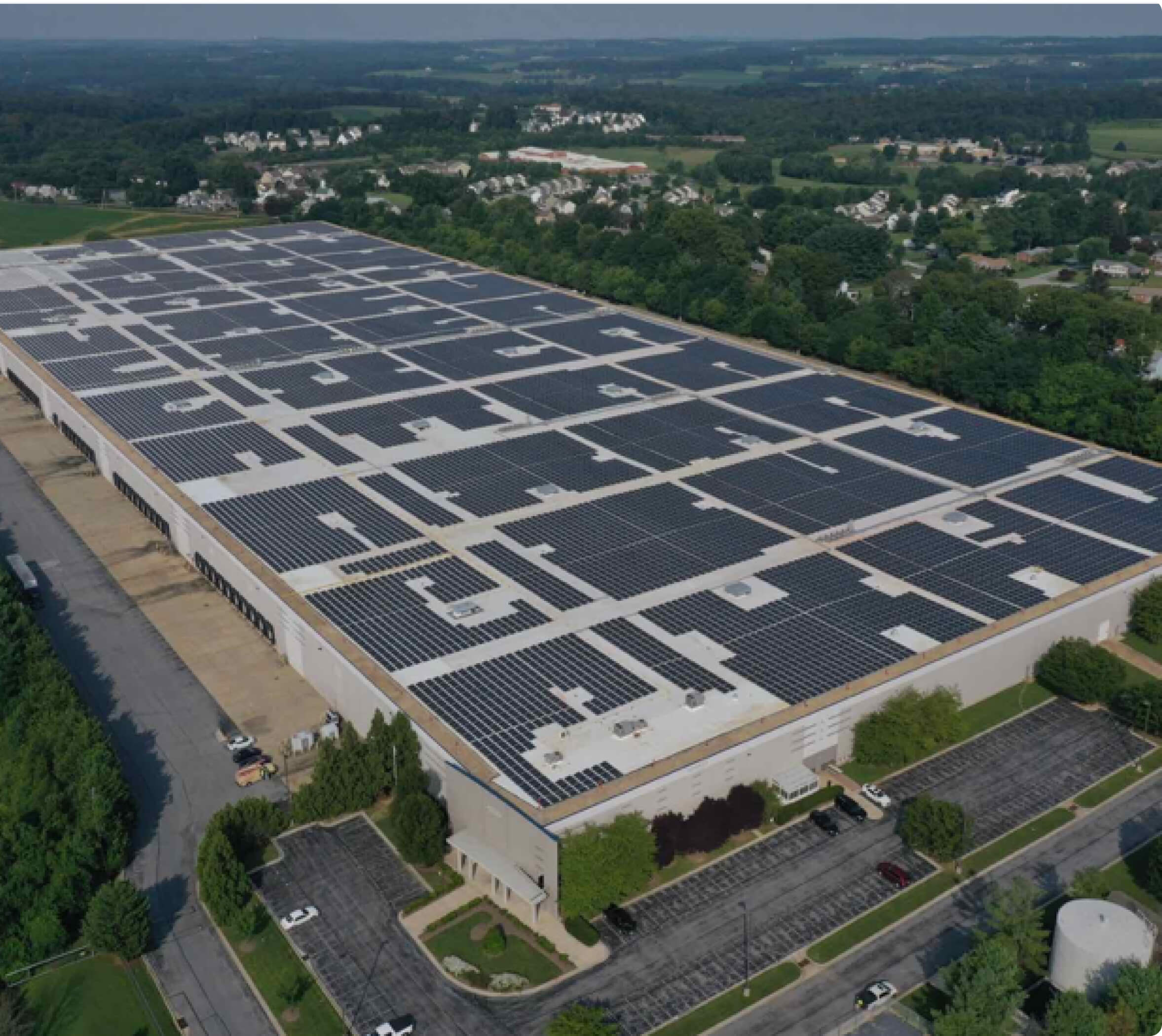
Rooftop Leasing
Owners of industrial properties can generate stable, predictable income through monthly lease payments in exchange for hosting a solar array on their rooftop.
Behind-the-meter:
Hosting a solar array on your property significantly reduces monthly utility costs, improving your bottom line while contributing to a more reliable and secure local power supply. This approach helps strengthen the grid and supports America’s energy independence.
Net-metering:
Depending on the system size and your facility’s energy use, excess electricity generated on-site can be sent back to the grid. In return, you receive additional compensation while supporting grid stability and supplying locally generated power to your community.
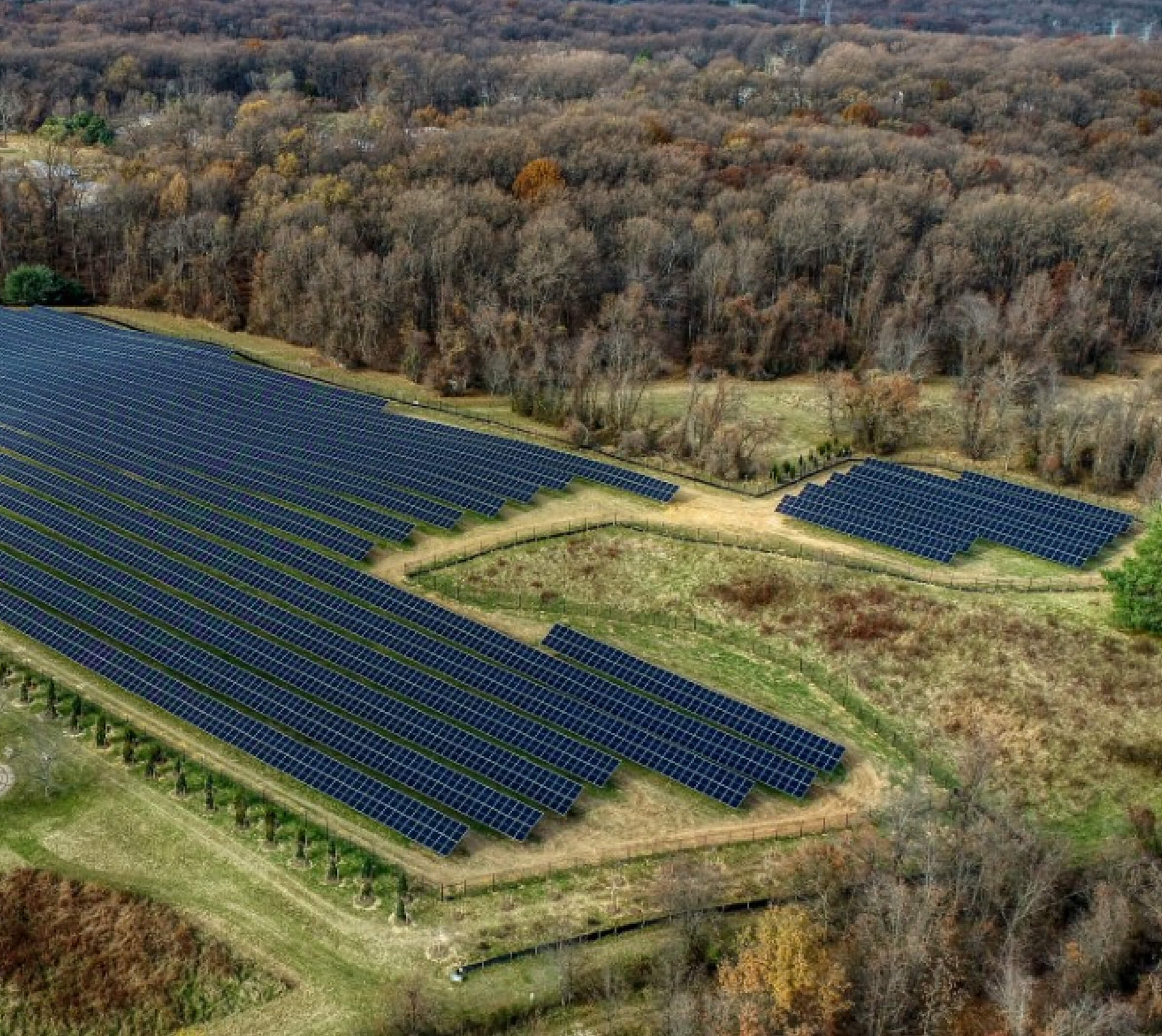
Ground Mount
During the diligence and construction phases, we hire local labor to build the solar system on your site—creating jobs in construction, electrical engineering, and long-term operations and maintenance.
Once operational, it begins generating monthly utility bill credits for local homes and businesses in your community. Many households have historically lacked access to solar energy—whether because they rent, live in multi-family buildings, or their rooftops aren’t suitable for solar. By leveraging a remote, ground-mounted system, community solar enables these families and businesses to participate in a more reliable, cost-effective energy solution for the first time. Many of our projects also dedicate a portion of bill credits to benefit low-to-moderate income families, providing meaningful savings and economic relief.
By hosting the system on your property, you are guaranteed predictable, long-term income through monthly lease payments over the lifecycle of the project—typically 25 to 35 years. Additionally, the project generates local tax revenue, supporting state and local budgets and driving economic growth.
Learn more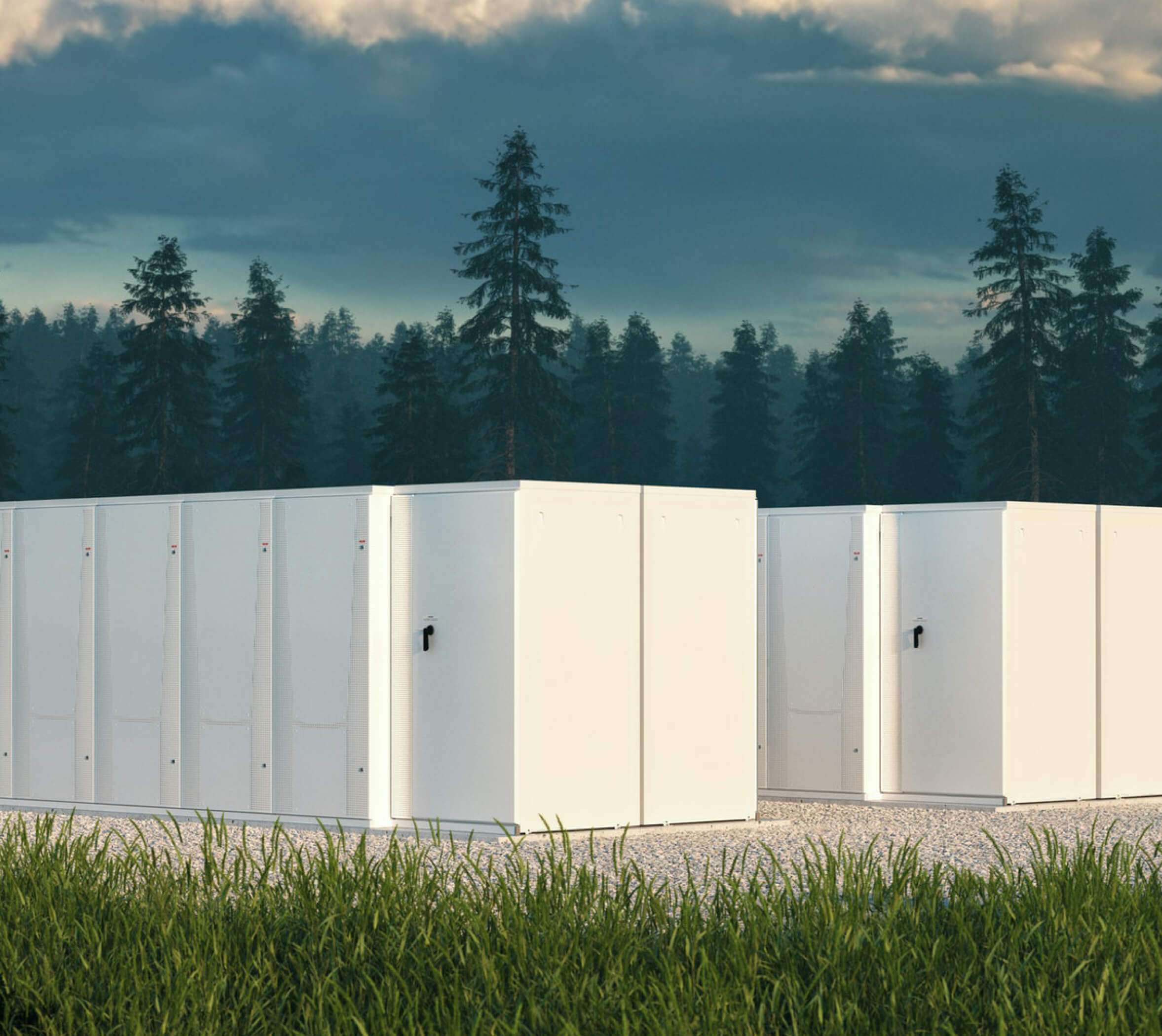
Energy Storage
Energy storage projects strengthen the grid and reduce reliance on costly, fossil fuel-fired “peaker plants” by charging during off-peak hours and discharging when demand is highest.
These projects help balance supply and demand by shaping energy output to meet real-time needs, making it easier to integrate diverse energy sources into the grid.
In addition, energy storage enhances grid reliability and resilience by diversifying America’s energy portfolio. Storage systems can be dispatched instantly to address fluctuations or outages, and they enable cost-effective “non-wires” alternatives to traditional grid upgrades—avoiding expensive and labor-intensive transmission projects while supporting a more secure energy infrastructure.
